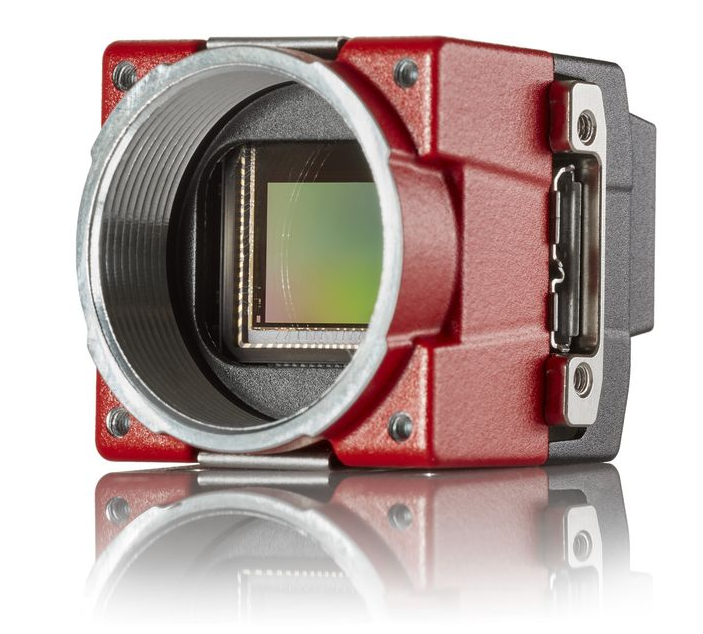Pixara Image Documentation
- Bildanalyssystem AB

- Nov 29, 2024
- 3 min read
Updated: Nov 30, 2024
IMAGE DOCUMENTATION
The problem
In almost any lab where there is a microscope, there is a need to document images. But the needs varies for different labs and organizations. In the easiest case you probably just want to capture one or a few images, save it to a tif or jpg file for later use in a report. In the more advanced scenario, you might want to document much higher volumes, with thousands or even hundred of thousands images per year.
Almost certainly you want to share your images with others in your lab, or other labs or departments in your organization, or with your customers.
Our products can do all the above.This article is to explain which products might suit you best.
Simple CaPture AND REPORT
The simplest form of documentation is probably just capture the live image and by using copy-paste, paste the image into a Word document or similar. By adding a scale bar to to the image, the reader of the report can judge the actual size of objects in the image.
In case you just create a handful of images per week, the best alternative is probably just to save the images as tiff or jpeg file on your local computer, shared network drive, or why not directly to a cloud based drive such as OneDrive. Using the outstanding capture module and the built in file-explorer in Pixelina, storing a set of images to a folder is done by drag-and-drop. It really can't be much easier.


Storing larger volumes
If you need to store larger volumes, you quite quickly will find storing images in some kind of folder structure inconvenient. It becomes even more difficult if many different people are supposed to work together on this topic.
Also you will find the naming of folders becoming difficult and finding old images depends on a very strict policy.
The solution is to store the images in a structured database. This way you can also save meta data, such as Patient, Order number, Customer, Date, Material, Preparation, Specimen etc which greatly simplifies searching for old images.
With Pixsara you can organize your images into "cases" which, for example, can represent a study or order with multiple images having the same meta data. You create your own custom form, so you can store the meta-data of your interest. You can set fields to be mandatory and much more to enforce structure to your database.

When later searching for the images (or rater cases) you can search on any meta-data field or combination of data as you like, for example case with order number "425642" or all cases with customer "Volvo" in January 2018.
The enterprise solution
In even larger settings you might have multiple laboratories spread across the country or even globally. You might need different forms for different applications and labs, you might need to limit access to various departments on a individual level and much more. By storing images in a centralized SQL-database all of the above, and much more, can be accomplished.

In even larger settings you might have multiple laboratories spread across the country or even globally. You might need different forms for different applications and labs, you might need to limit access to various departments on a individual level and much more. By storing images in a centralized SQL-database all of the above, and much more, can be accomplished.




Comments